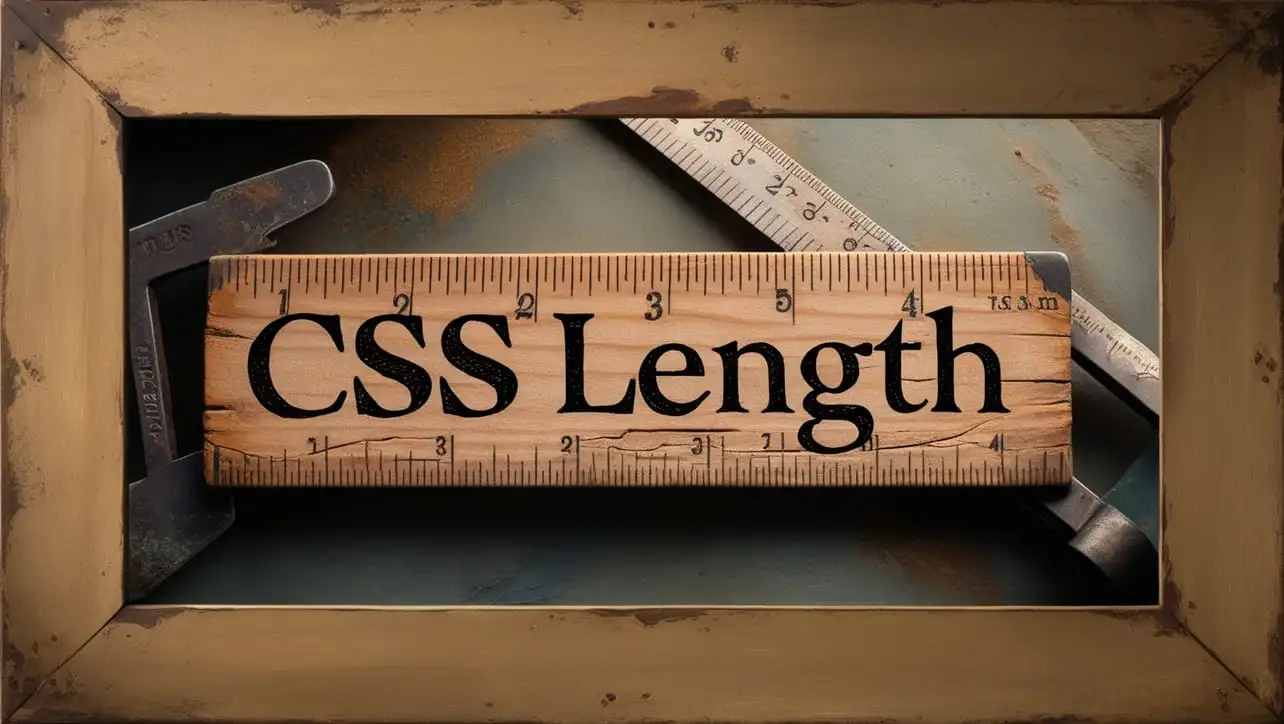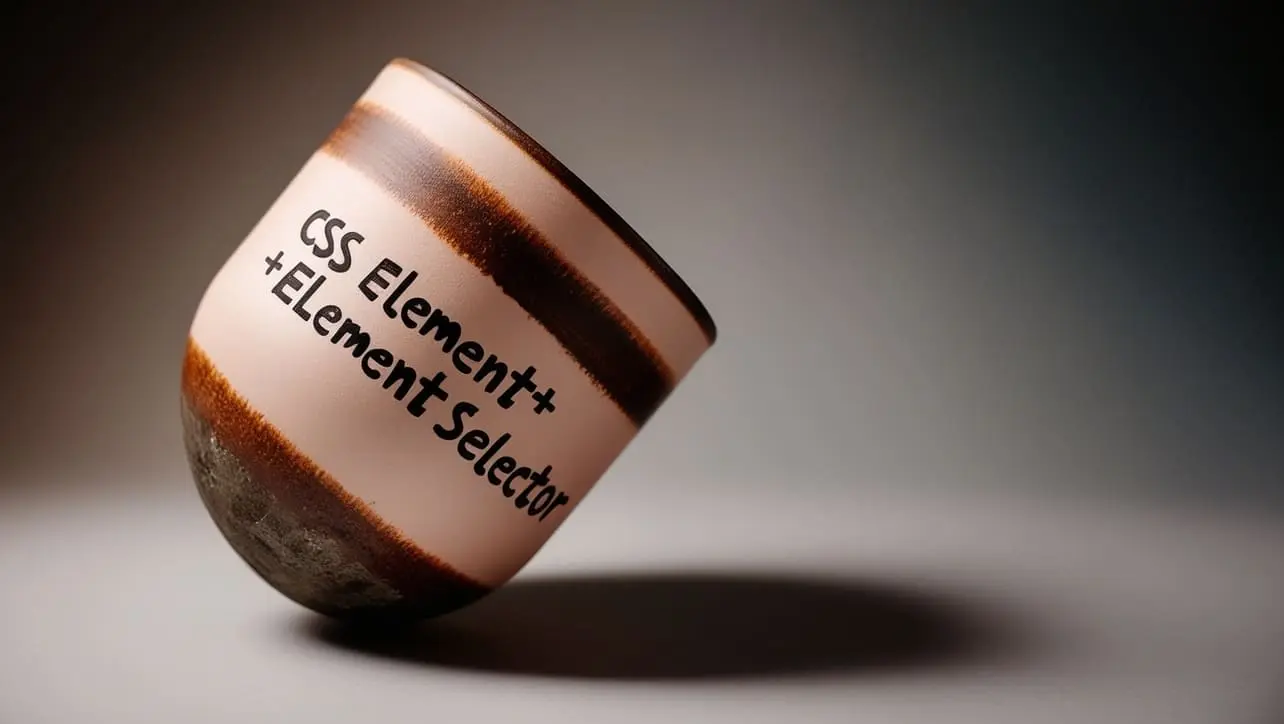
CSS Topics
- CSS Intro
- CSS How To
- CSS Editors
- CSS Properties
- CSS Selectors
- .class
- .class1.class2
- .class1 .class2
- #id
- * (all)
- element
- element.class
- element,element
- element element
- element>element
- element+element
- element1~element2
- [attribute]
- [attribute=value]
- [attribute~=value]
- [attribute|=value]
- [attribute^=value]
- [attribute$=value]
- [attribute*=value]
- :active
- ::after
- ::before
- :checked
- :default
- :disabled
- :empty
- :enabled
- :first-child
- ::first-letter
- ::first-line
- :first-of-type
- :focus
- :fullscreen
- :has()
- :hover
- :in-range
- :indeterminate
- :invalid
- :lang()
- :last-child
- :last-of-type
- :link
- ::marker
- :not()
- :nth-child()
- :nth-last-child()
- :nth-last-of-type()
- :nth-of-type()
- :only-of-type
- :only-child
- :optional
- :out-of-range
- ::placeholder
- :read-only
- :read-write
- :required
- :root
- ::selection
- :target
- :valid
- :visited
- CSS Comments
- CSS Length
- CSS Image Sprites
- CSS Grid Layout
- CSS Grid Flexbox
- CSS @charset Rule
- CSS @font-face Rule
- CSS @import Rule
- CSS @keyframes Rule
- CSS @media Rule
CSS element > element Selector

Photo Credit to CodeToFun
🙋 Introduction
The element > element selector in CSS is a child combinator that selects direct children of a specified element.
This selector allows for precise targeting of elements within a hierarchy, enabling more specific styling without affecting deeper nested elements.
💡 Syntax
The signature of the element > element Selector is as follows:
parent > child {
/* CSS properties */
}In this syntax, parent is the element you want to target, and child is the direct child element that you want to style.
📝 Example
Here is an example of how to use the element > element selector in CSS:
☠️ HTML
<!DOCTYPE html>
<html lang="en">
<head>
<meta charset="UTF-8">
<meta name="viewport" content="width=device-width, initial-scale=1.0">
<title>CSS element > element Selector Example</title>
<link rel="stylesheet" href="styles.css">
</head>
<body>
<div class="container">
<h1>Main Title</h1>
<div class="content">
<p>This is a paragraph within a nested div.</p>
<div class="inner">
<p>This is a nested paragraph.</p>
</div>
</div>
</div>
</body>
</html>🎨 CSS
/* Style for direct child elements of .container */
.container > h1 {
color: blue;
font-size: 24px;
}
.container > .content {
background-color: #f0f8ff;
padding: 10px;
}
/* This will not apply to nested paragraphs */
.content > p {
color: green;
}In this example:
- The
<h1>element directly within the.containerwill be styled with a blue color and a font size of 24 pixels. - The
.contentdiv, being a direct child of.container, receives a light blue background. - The paragraph inside
.contentis styled green, but the nested paragraph inside.innerremains unaffected.
💬 Usage Tips
- Use the child combinator to apply styles only to direct children, preventing unintended styles from cascading to deeper nested elements.
- Combine this selector with other selectors for more complex styling scenarios. For instance, you can target specific child elements based on their type or class.
⚠️ Common Pitfalls
- Remember that the child combinator
>only selects direct children, so styles won't apply to elements that are further nested. - Ensure that the specified parent and child elements are correctly defined; otherwise, the selector won't match any elements.
🎉 Conclusion
The element > element selector is an essential tool in CSS for managing element styles within a hierarchy.
By utilizing this selector, you can ensure that your styles are applied precisely where intended, leading to cleaner and more maintainable code. Mastering the use of child combinators contributes to a well-structured CSS design.
👨💻 Join our Community:
Author

For over eight years, I worked as a full-stack web developer. Now, I have chosen my profession as a full-time blogger at codetofun.com.
Buy me a coffee to make codetofun.com free for everyone.
Buy me a Coffee











If you have any doubts regarding this article (CSS element > element Selector), please comment here. I will help you immediately.